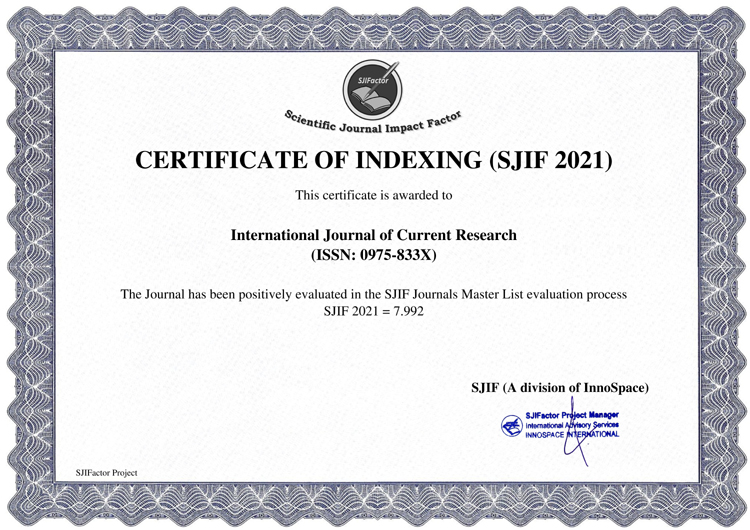Introduction: Allergy to food in children affects 6% to 8% and is increasing in its prevalence with a global prevalence of 2-3.5%. Studies have shown that parents of children with multiple food allergy (FA) have a lower quality of life (QOL). The FAQOL of primary care givers is dependent on accurate perception of reaction severity, the number of allergens, the type of food allergy and self-regulated intervention. Case report: A report on a case of a 3 year old boy with allergy to cow’s milk, eggs, chicken and nuts and had eczema. He had an anaphylaxis reaction to egg at the age of one. Discussion: Anaphylaxis is an IgE mediated response and can be life threatening. Parents remain stressed after they have experienced their child’s anaphylaxis reaction and suffer social and psychosocial factors that have a negative effect on their QOL. Empowered caregivers have lower FAQOLs and is associated with increased stress, anxiety and burden of vigilance which is reflected in their children as they treat meals as “recurrent threats”. Anaphylaxis occurs when parents are not in control and therefore have lower FAQOL scores. Strategies for dealing with food challenges in a supervised hospital setting are important to improve FAQOL scores. The main treatment is food avoidance but new therapies are emerging. Provision of adrenaline auto injector has an impaired effect on FAQOL. There are various tools that are used to measure FAQOL. Vaccines made in egg can be given to children with egg allergies and have reported higher QOL. There is lack of information in managing food allergies outside the home which may be the reason for lower FAQOL. Conclusion: The FAQOL of care givers is dependent on various factors. FAQOL scores would improve if public places and schools had policies for allergy avoidance.





